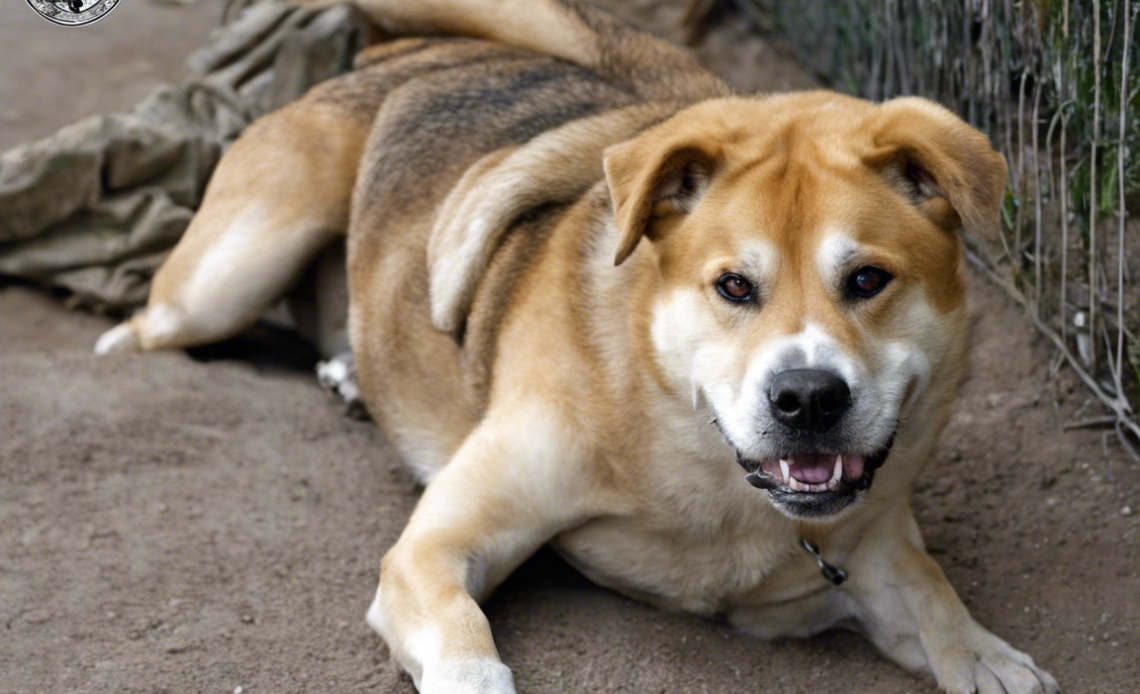
When it comes to dog breeds, there are numerous factors to consider, from size to temperament to exercise requirements. While most dog breeds are loving, loyal companions, there are some breeds that have gained notoriety for being potentially dangerous. It’s important to note that a dog’s behavior is a result of various factors, including training, socialization, and owner responsibility. In this article, we will explore some of the most dangerous dog breeds based on various sources like bite statistics and historical reputation. Remember, every dog is an individual, and breed is just one factor that influences behavior – proper training, socialization, and care are crucial for any breed.
Why Some Dog Breeds Are Considered Dangerous
There are several reasons why certain dog breeds are labeled as dangerous. These include:
1. Genetics:
Some dog breeds were originally bred for guarding, protection, or fighting purposes. These breeds may have a natural tendency towards aggression or territorial behavior.
2. Lack of Socialization:
Improper socialization with other dogs, animals, or humans can lead to fear-based aggression or reactivity in some breeds.
3. Training:
Lack of training, inconsistent discipline, or encouragement of aggressive behaviors can exacerbate issues in potentially dangerous breeds.
4. Environment:
Environmental factors such as neglect, abuse, or stress can have a significant impact on a dog’s behavior, regardless of breed.
5. Handling:
Improper handling by owners, such as using punishment-based training methods, can lead to aggression or fear in any breed.
The Top 10 Most Dangerous Dog Breeds
1. Pit Bull
Pit Bulls often make headlines for attacks on humans or other animals. While not all Pit Bulls are aggressive, their strength and history in dog fighting make them potentially dangerous in the wrong hands.
2. Rottweiler
Rottweilers are known for their loyalty and protective nature, but they can also be wary of strangers and display territorial behavior if not properly trained and socialized.
3. German Shepherd
German Shepherds are commonly used as police or guard dogs due to their intelligence and trainability. However, if not properly trained, they can exhibit aggressive behavior.
4. Siberian Husky
Huskies are known for their independent nature and high energy levels. Without adequate exercise and mental stimulation, they can become destructive or exhibit aggression.
5. Alaskan Malamute
Malamutes are large, powerful dogs bred for sledding and hunting. They can be dominant and require experienced handling to prevent potential issues.
6. Doberman Pinscher
Dobermans are intelligent and loyal, but they can be protective and territorial, making them potentially dangerous without proper training and socialization.
7. Chow Chow
Chow Chows are known for their aloof demeanor and strong-willed nature. They can be aggressive towards strangers and other animals if not socialized from a young age.
8. Great Dane
Great Danes are gentle giants, but their size and strength can be a risk if they are not trained to be gentle and well-mannered.
9. Boxer
Boxers are energetic and playful dogs, but they can be prone to reactive behavior if not given enough exercise and mental stimulation.
10. Dalmatian
Dalmatians are high-energy dogs that require plenty of exercise and mental stimulation. Without proper outlets for their energy, they can become destructive or exhibit aggression.
While these breeds are often cited as potentially dangerous, it’s important to remember that individual dogs can vary widely in temperament and behavior. Proper training, socialization, and responsible ownership are key to preventing aggression in any breed.
Frequently Asked Questions (FAQs) on Dangerous Dog Breeds
1. Are all dogs of a certain breed dangerous?
No, not all dogs of a particular breed are dangerous. Each dog is an individual with its own personality, influenced by genetics, upbringing, and environment.
2. Should I avoid owning a dangerous dog breed?
If you are considering a breed known for its potential for aggression, it is crucial to thoroughly research the breed, understand its needs, and commit to proper training and socialization.
3. Can aggressive behavior in dogs be prevented?
Early socialization, positive reinforcement training, regular exercise, and mental stimulation are key factors in preventing aggressive behavior in dogs.
4. Are some breeds more aggressive than others?
While certain breeds may have a propensity for aggression due to genetics or history, individual temperament and training play a significant role in a dog’s behavior.
5. How can I train a potentially dangerous dog breed?
Seeking professional training advice and working with experienced trainers can help you effectively train and manage a dog breed with a potential for aggression.
In conclusion, while some dog breeds may have a reputation for being dangerous, it is essential to approach each dog as an individual and prioritize responsible ownership, training, and socialization. By understanding a breed’s characteristics and needs, addressing any behavioral issues early, and providing a loving and supportive home, any dog, regardless of breed, can become a cherished and well-behaved companion.

